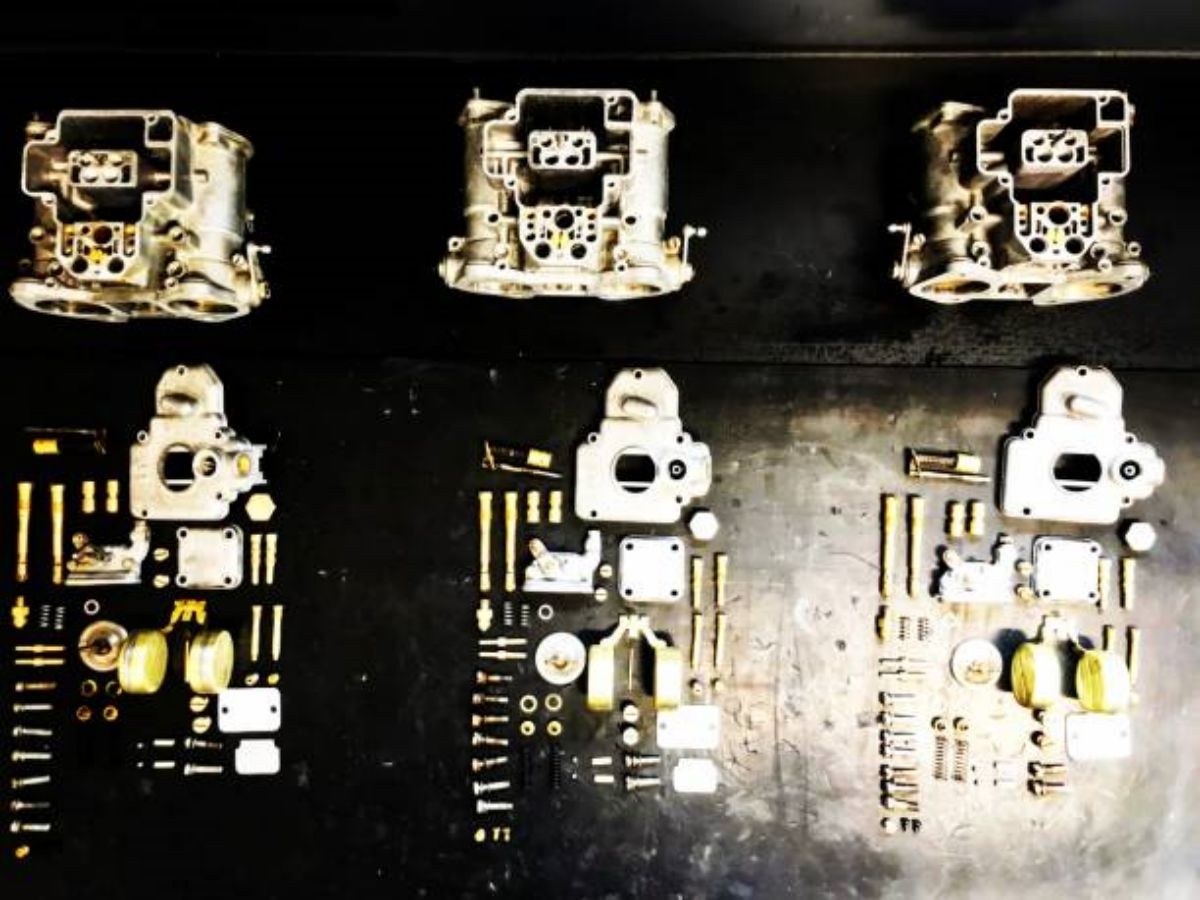Table of Contents

The Role of dc to ac choke in Electrical Circuits
When it comes to electrical circuits, various components are necessary to ensure smooth and efficient power transmission. One such component is the DC to AC choke, which plays a crucial role in converting direct current (DC) to alternating current (AC). In this article, we will explore the importance and functionality of the DC to AC choke, shedding light on its various aspects and applications.
1. What is a DC to AC Choke?
A DC to AC choke, also known as an inductor or reactor, is an electrical device that is used in electronic circuits to limit the flow of direct current (DC) while allowing alternating current (AC) to pass through. It consists of a coil of wire wound around a magnetic core, which helps in the conversion process. The choke works by storing magnetic energy when DC current flows through it and releasing this energy in the form of AC when the current changes direction.
2. Understanding the Functionality of a DC to AC Choke
The primary function of a DC to AC choke is to impede the flow of direct current while allowing alternating current to pass through. By restricting the flow of DC, the choke prevents any potential damage to AC equipment that may occur due to the presence of unwanted DC components. Additionally, the choke helps in filtering out any noise or interference that may be present in the power supply, ensuring a clean and stable AC output.
3. Importance of DC to AC Choke in Power Electronics
DC to AC chokes are widely used in power electronics applications, such as inverters, motor drives, and variable frequency drives. In these systems, the choke helps in converting the DC input into a stable AC output, ensuring efficient and reliable operation. Moreover, the choke plays a crucial role in minimizing harmonics, reducing electromagnetic interference, and improving power factor correction.
4. Applications of DC to AC Choke
The applications of DC to AC chokes are diverse and can be found in various industries, including industrial automation, renewable energy systems, and telecommunications. In industrial automation, chokes are used to control motor speed, reduce voltage spikes, and protect sensitive equipment. In renewable energy systems, chokes are employed to regulate the flow of power from solar panels or wind turbines. In telecommunications, chokes help in filtering out unwanted noise and interference from the power supply.
5. Factors to Consider When Choosing a DC to AC Choke
When selecting a DC to AC choke for a specific application, several factors need to be considered. These include the required voltage and current ratings, inductance value, size and weight constraints, and the operating frequency. It is essential to choose a choke that meets the specific requirements of the circuit while ensuring optimal performance and reliability.
6. Design Considerations for DC to AC Chokes
The design of a DC to AC choke involves careful consideration of various parameters, including the number of turns in the coil, the type of core material, and the wire gauge. These design choices impact the inductance, resistance, and overall performance of the choke. Additionally, factors like temperature rise, saturation, and efficiency must also be taken into account during the design process to ensure optimal operation.
7. DC to AC Choke vs. DC to DC Choke
It is important to differentiate between a DC to AC choke and a DC to DC choke. While both chokes serve the purpose of regulating current flow, the DC to AC choke is specifically designed to convert DC to AC, whereas the DC to DC choke is used for converting DC to another DC voltage level. Understanding this distinction is crucial when choosing the right choke for a particular application.
8. Maintenance and Troubleshooting of DC to AC Choke
Proper maintenance and troubleshooting of DC to AC chokes are essential to ensure their long-term performance and reliability. Regular inspection for any physical damage, such as insulation deterioration or coil damage, is necessary. Additionally, monitoring the temperature rise and checking for any abnormal noises or vibrations can help identify potential issues that may require further attention.
9. Future Developments and Innovations in DC to AC Choke Technology
With advancements in technology, the field of DC to AC chokes continues to evolve. Innovations in core materials, such as ferrite and nanocrystalline cores, are leading to higher efficiency and better performance. Additionally, the integration of digital control techniques and intelligent monitoring systems is enhancing the functionality and reliability of DC to AC chokes in various applications.
10. Conclusion
DC to AC chokes play a vital role in electrical circuits, enabling the conversion of direct current to alternating current while filtering out unwanted noise and interference. Their importance in power electronics applications cannot be overstated, as they ensure efficient and reliable operation. By understanding the functionality, applications, and design considerations of DC to AC chokes, engineers and technicians can make informed decisions when selecting and utilizing these essential components.
